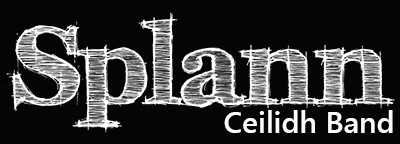The answer is nowadays not that much – all involve social dances set to traditional tunes, sometimes using a caller to explain the dances to the uninitiated.
So why the different names? Traditionally the term ‘ceilidh’ was used in Scotland whilst the term ‘ceili’ was used in Ireland. The term ‘barn dance’ can be used to describe both a ceilidh or ceili but is often used to describe dance nights in the rest of the United Kingdom. For the record, holding them in a barn is not compulsory.
Although dances and tunes have crossed over the various borders making many ceilidhs or barn dances a fairly eclectic evening, there are certain dances where their heritage is clear.
Dances such as ‘The Dashing White Sergeant’ or ‘The Gay Gordons’ are firmly routed in the Scottish tradition. ‘The Walls of Limerick’ and ‘The Waves of Tory’ have come from Irish ceilis. Although experienced dancers may choose to stay with one particular tradition, for the majority of dancers the mixing of traditions is seen as an opportunity to take the best from all cultures. So from Cornwall to Clackmannanshire or Devon to Donegal you will find the terms ceilidh, ceili and barn dance being openly swapped and interchanged.
So, what is a hoedown? Good question. Well now you are crossing the Atlantic and moving away from the world of Splann. In America, hoedowns and barn dances take on a style all of their own. If you are invited to one, our advice would be to make sure you are wearing a checked shirt but you will still be in for a great time.
